Understanding ecosystems Normal Worksheets for Ages 3-9
9 filtered results
-
From - To
Explore the fascinating world of ecosystems with our engaging worksheets designed specifically for children aged 3-9. These user-friendly resources help young learners grasp the complexities of nature, including food chains, habitats, and animal interactions. Each worksheet combines fun activities, colorful visuals, and age-appropriate language to stimulate curiosity and enhance critical thinking skills. Perfect for homeschooling, classroom use, or supplementary learning, these "Understanding Ecosystems" worksheets encourage exploration and collaboration, making learning about biodiversity an enjoyable experience. Equip your child with valuable knowledge about the natural world while fostering a sense of responsibility towards the environment. Dive into the adventure of learning today!


Changes to the Amazon Worksheet


Producer or Consumer? Worksheet


Ecosystems: Assessment 1 Worksheet
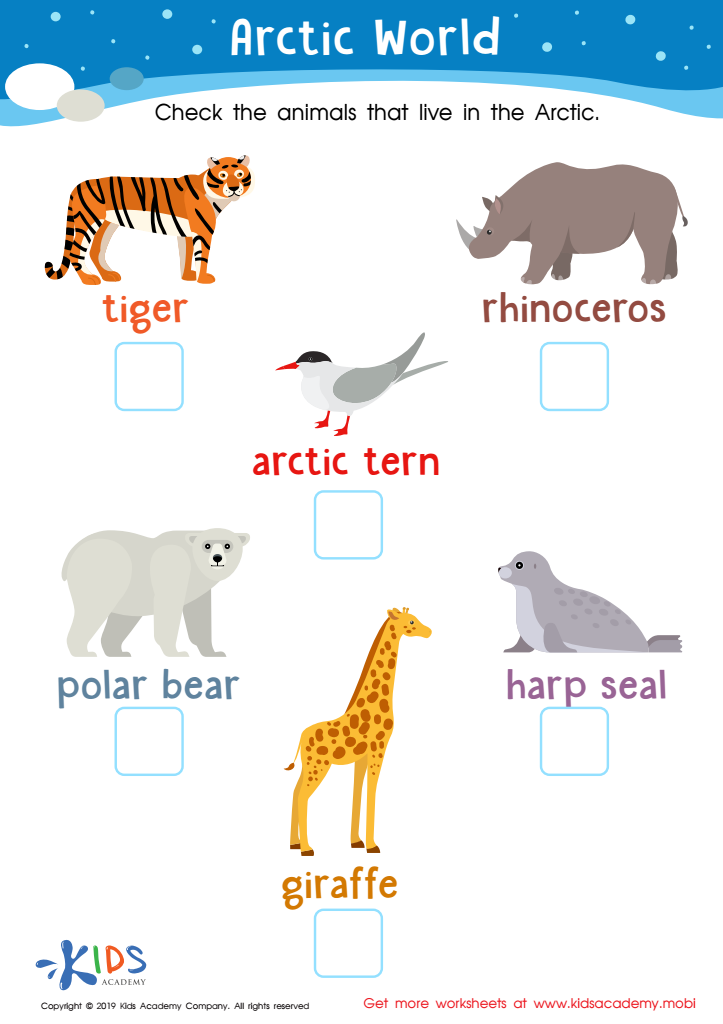

Arctic World Worksheet
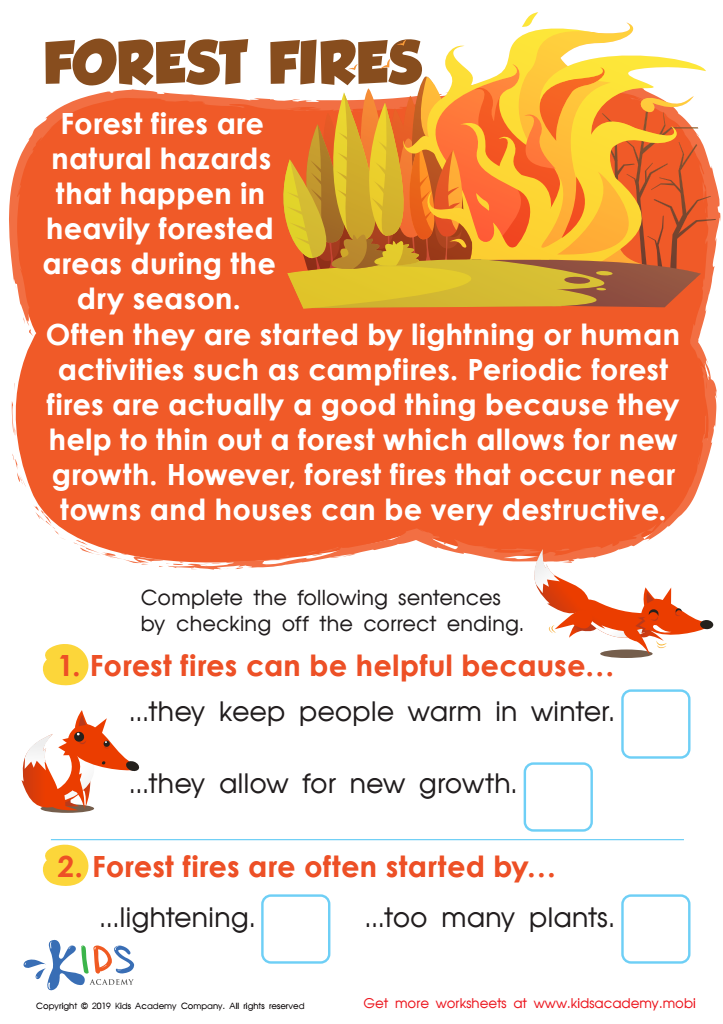

Forest Fires Worksheet
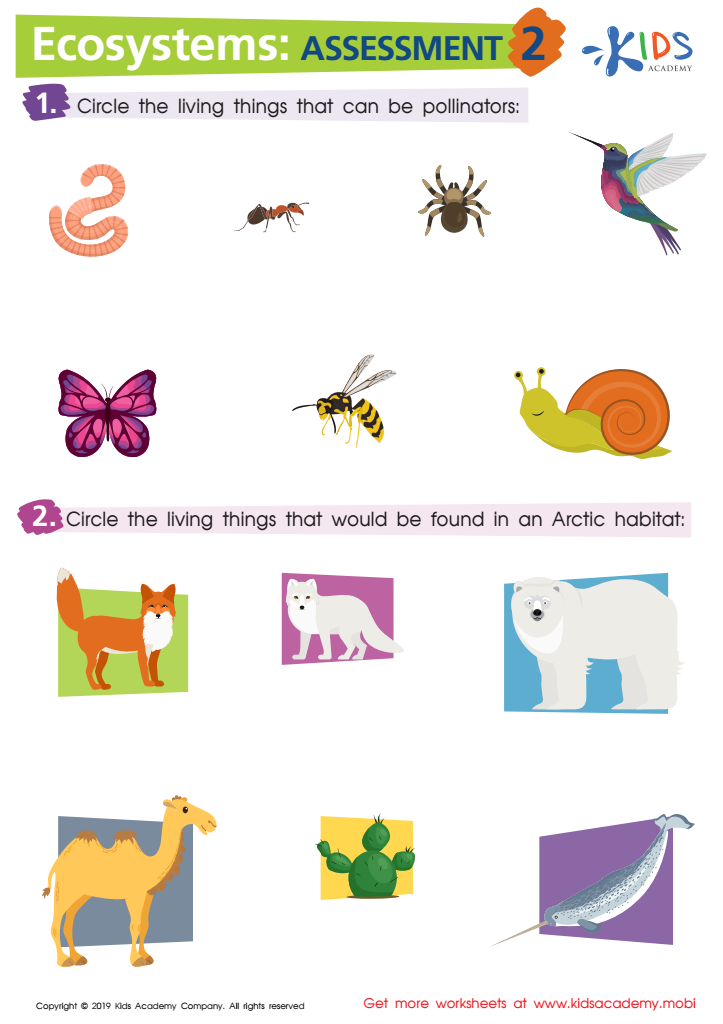

Ecosystems: Assessment 2 Worksheet


Water World Worksheet
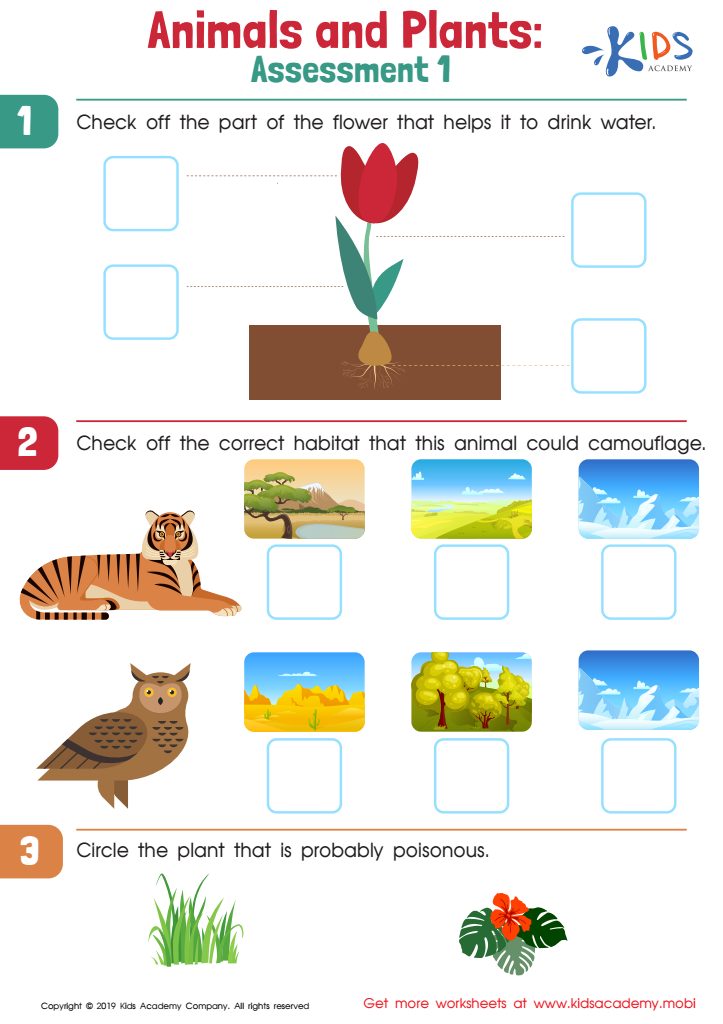

Animals and Plants: Assessment 1 Worksheet
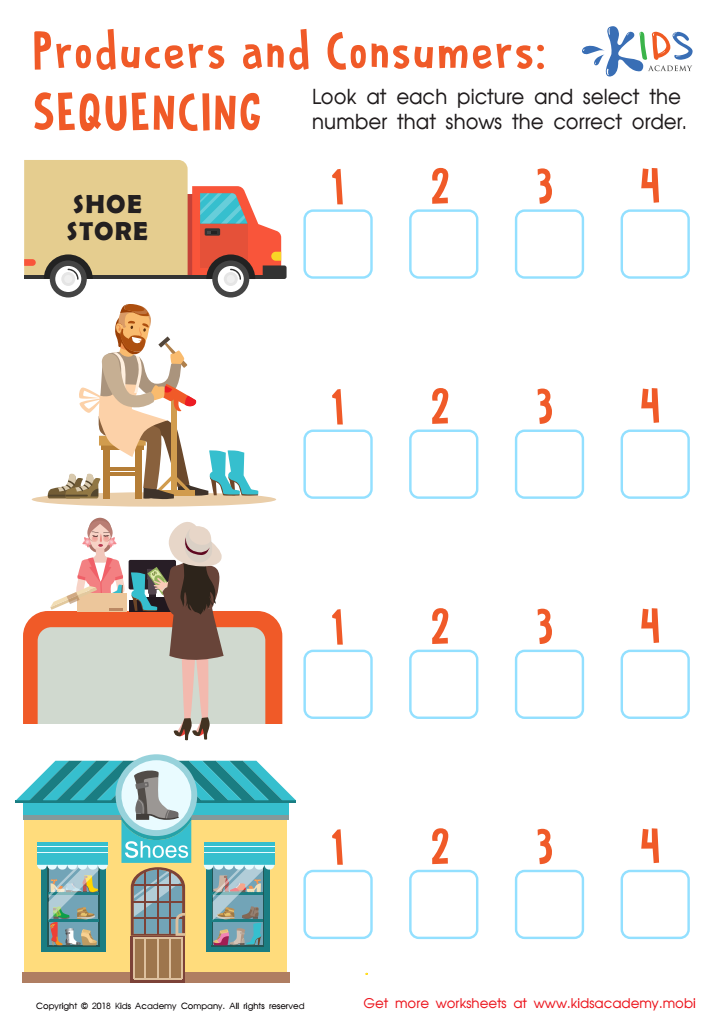

Producers and Consumers: Sequencing Worksheet
Understanding ecosystems is essential for young learners aged 3-9 as it lays the foundation for their relationship with nature and the environment. At this stage, children are naturally curious, absorbing knowledge about the world around them. Teaching them about ecosystems not only fosters a sense of wonder but also instills respect for living things and their habitats.
By learning about ecosystems, children develop an awareness of the interdependence of plants, animals, and humans. This awareness encourages empathy and a sense of responsibility towards the environment. Parents and teachers can use simple concepts, like food chains or the importance of pollinators, to make learning fun and interactive through activities like nature walks or hands-on experiments.
Additionally, understanding ecosystems can enhance critical thinking and problem-solving skills. Children can explore real-world issues such as climate change, pollution, and conservation efforts, equipping them with knowledge to become informed and active participants in society.
Ultimately, nurturing a love for ecosystems at a young age helps cultivate environmentally conscious citizens who are likely to advocate for sustainability in the future. Therefore, parents and teachers should prioritize this vital aspect of education early on, creating a lasting impact on children’s perspectives and behaviors.
 Assign to My Students
Assign to My Students


.jpg)












